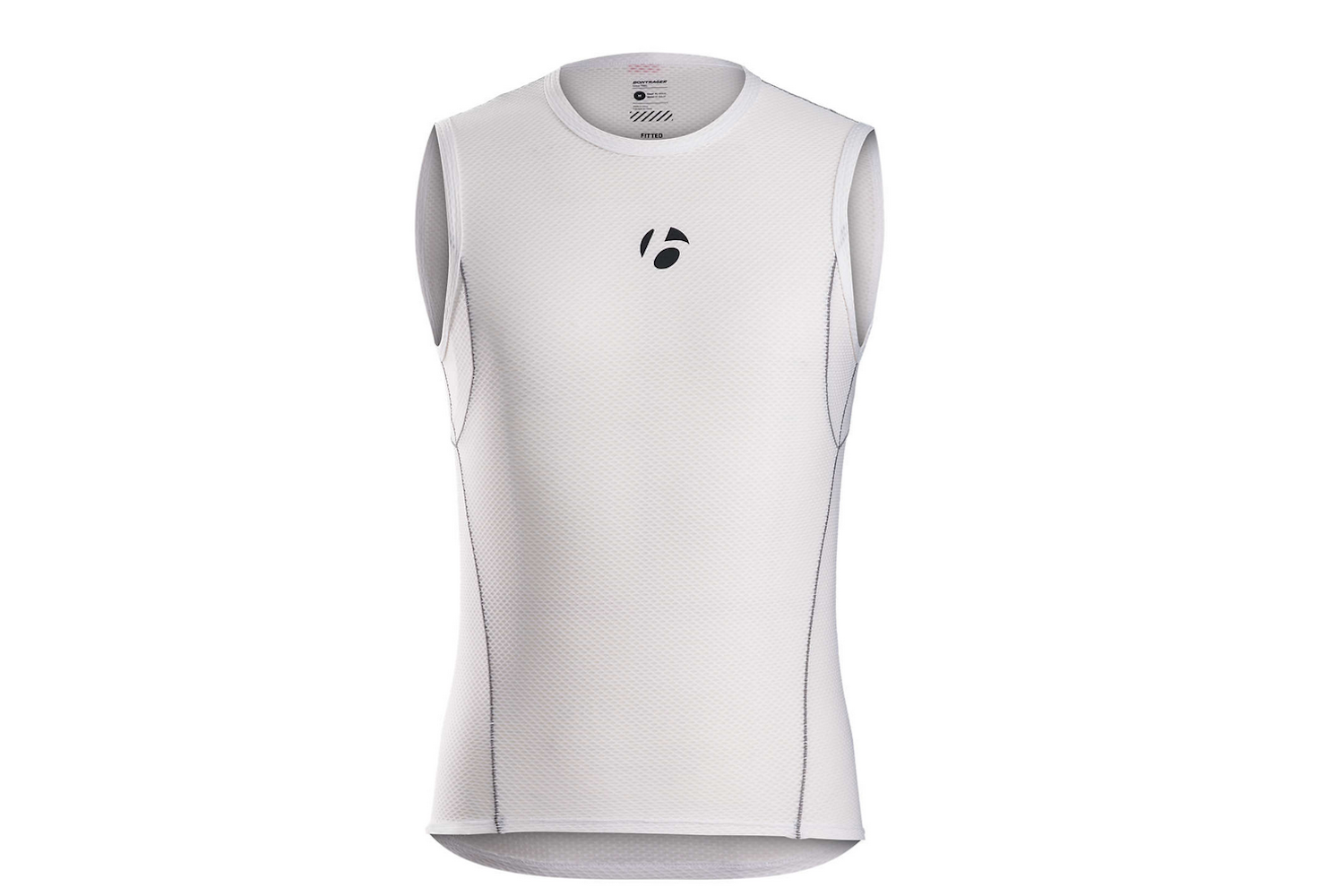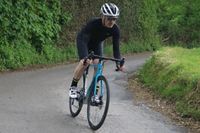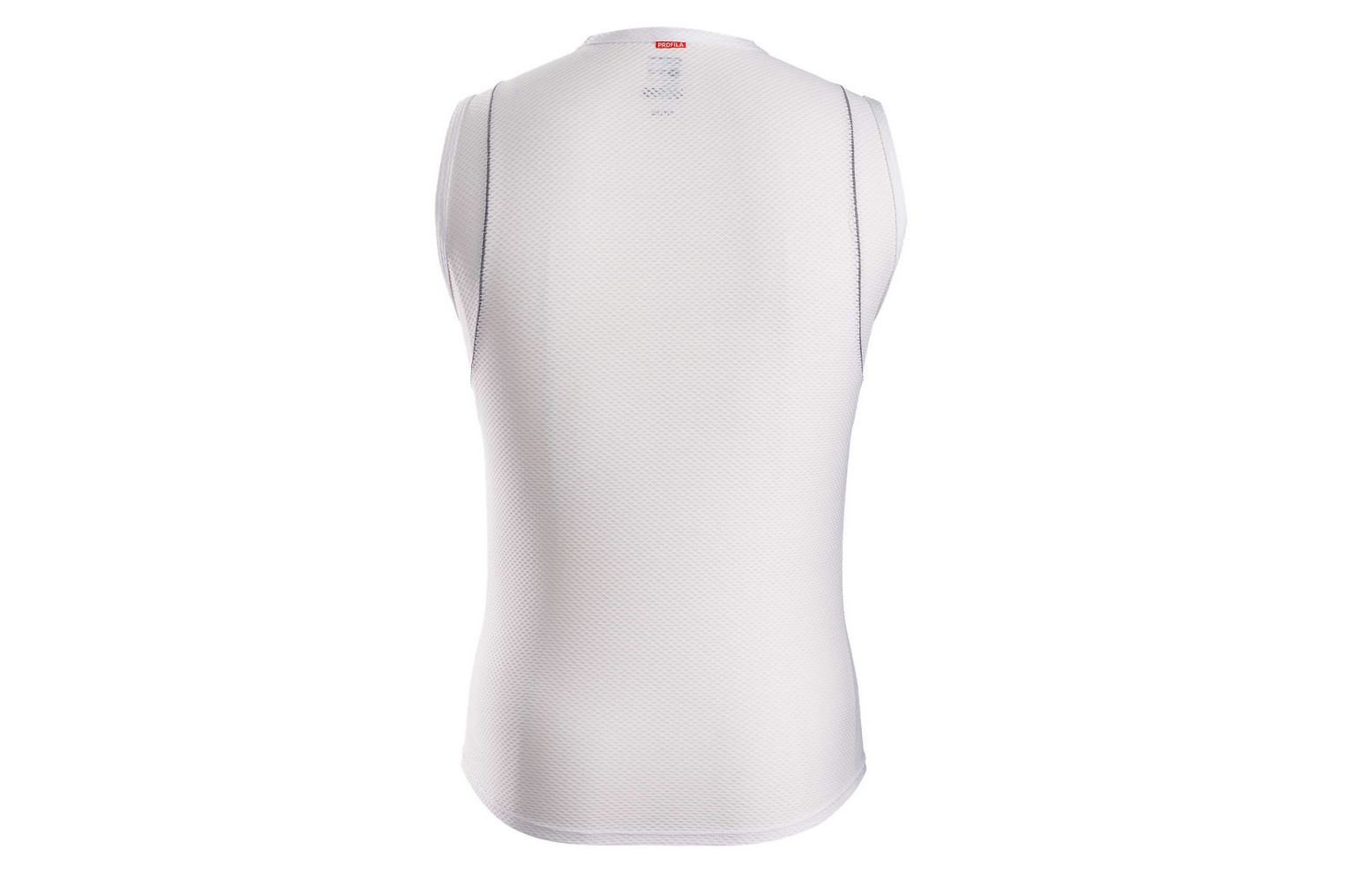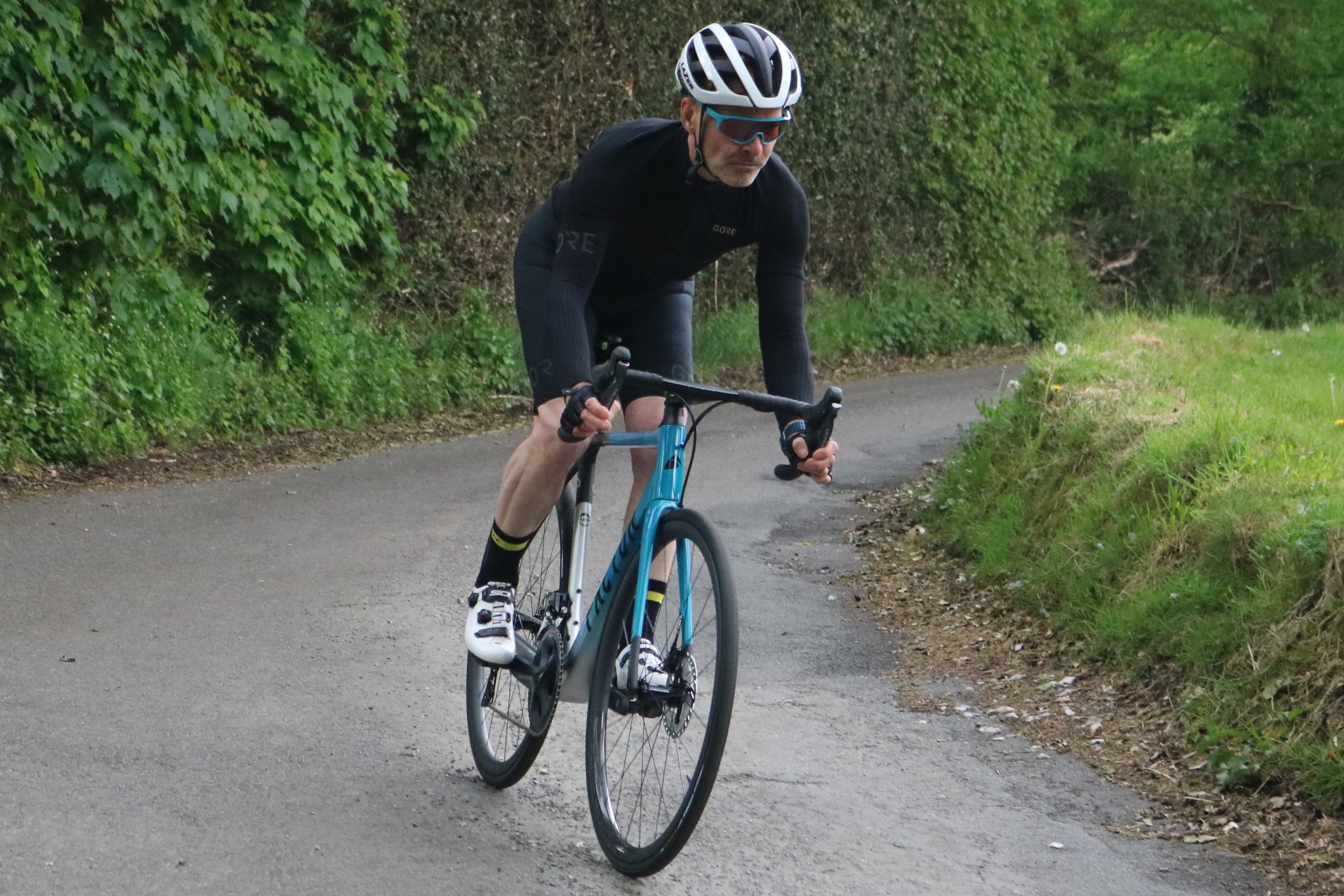Bontrager B1 Sleeveless base layer review
One of Bontrager’s extensive range of base layers, the B1 sleeveless provides good summer weather performance

Provides good wicking and temperature control performance in hotter conditions, but be careful to get the right size as the Bontrager B1 Sleeveless base layer is not as stretchy as some
-
+
Good wicking performance
-
+
Comfortable, close fit
-
+
Good tail length
- +
-
-
Not as stretchy as some others tested
You can trust Cycling Weekly.

At first sight, the Bontrager B1 Sleeveless base layer looks like a very lightweight option. But it’s not quite as light as it looks, with the fabric used a bit denser than some of the competition. The Profila Cool fabric has a mesh structure, with areas of thinner fabric between the more structural parts.
>>> Buy now: Bontrager B1 Sleeveless base layer from Trek's webstore for £32.99
There’s also not as much stretch as in other summer base layers we’ve tested, so it’s more important to make sure that you’ve chosen the correct size for you. Fortunately, there are six size options available, from X-Small to XX-Large, so you should be able to find a good fit.

The less stretchy fabric means that the Bontrager B1 Sleeveless base layer fits closely, so it wicks sweat away effectively and keeps you very comfortable as you ride. There’s good length and a dropped tail, so it tucks nicely under a jersey and into your summer shorts. The grey seams are slightly raised. They are not uncomfortable though and at least some seem to be aimed at supporting the Bontrager B1 Sleeveless base layer’s structure rather than actually connecting together multiple fabric panels.
>>> Buy now: Bontrager B1 Sleeveless base layer from Trek's webstore for £32.99
Like the Mavic Hot Ride base layer, which we’ve also reviewed, there’s a mix of fabrics which includes 37.5 tech. This is claimed to absorb and release heat, helping to keep your body working at its optimal 37.5 degrees centigrade. That makes up around 19% of the fabric content, with the balance being 66% polyester and 15% spandex.
Also like the Mavic Hot Ride, the Bontrager B1 Sleeveless base layer comes in white only. It suffers from the same tendency to stain yellow from sunscreen as a result. It’s one of a range of eight summer base layer offerings from Bontrager, which includes both sleeved and sleeveless numbers, with separate cuts for men and for women.
The latest race content, interviews, features, reviews and expert buying guides, direct to your inbox!
Paul started writing for Cycling Weekly in 2015, covering cycling tech, new bikes and product testing. Since then, he’s reviewed hundreds of bikes and thousands of other pieces of cycling equipment for the magazine and the Cycling Weekly website.
He’s been cycling for a lot longer than that though and his travels by bike have taken him all around Europe and to California. He’s been riding gravel since before gravel bikes existed too, riding a cyclocross bike through the Chilterns and along the South Downs.
